People Portraits

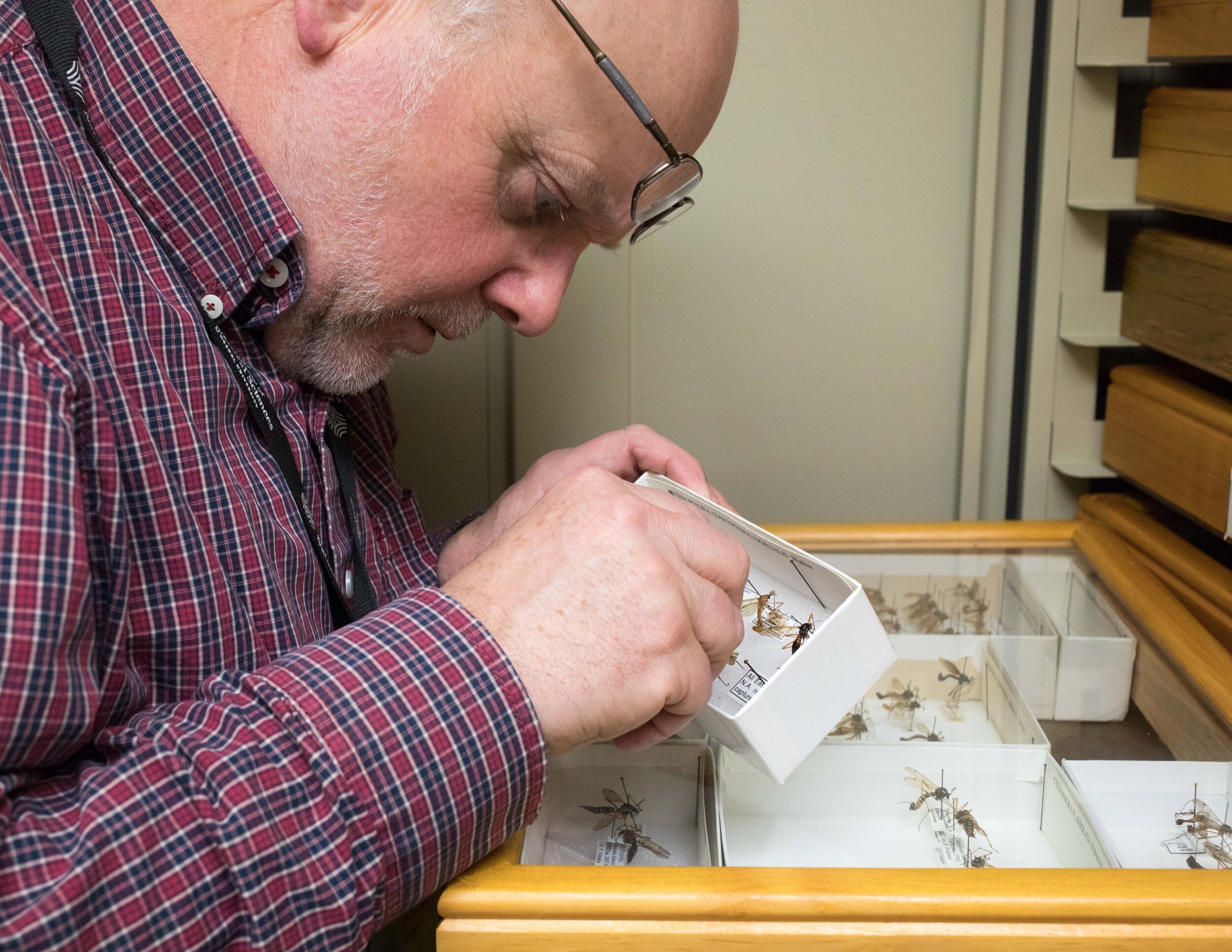
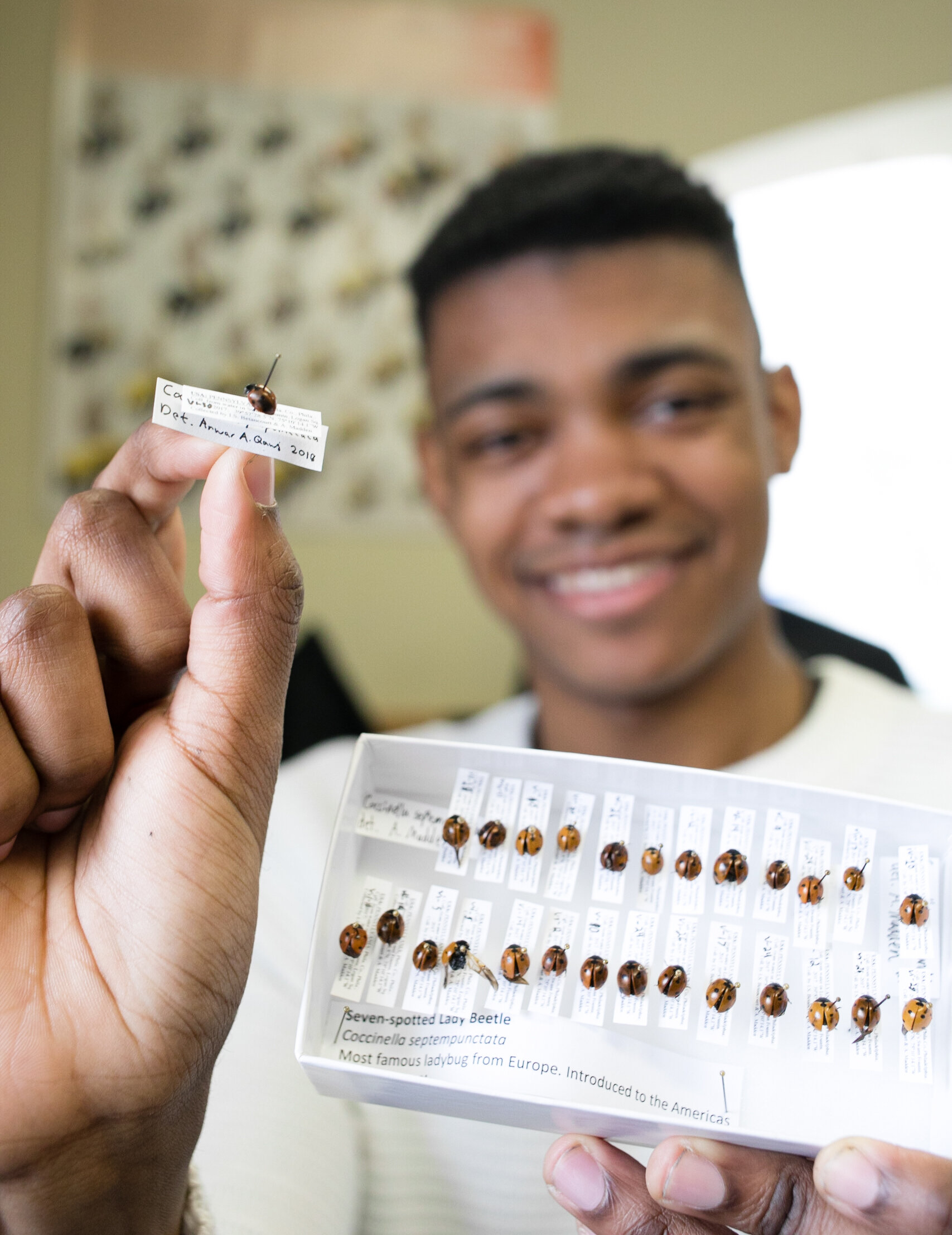

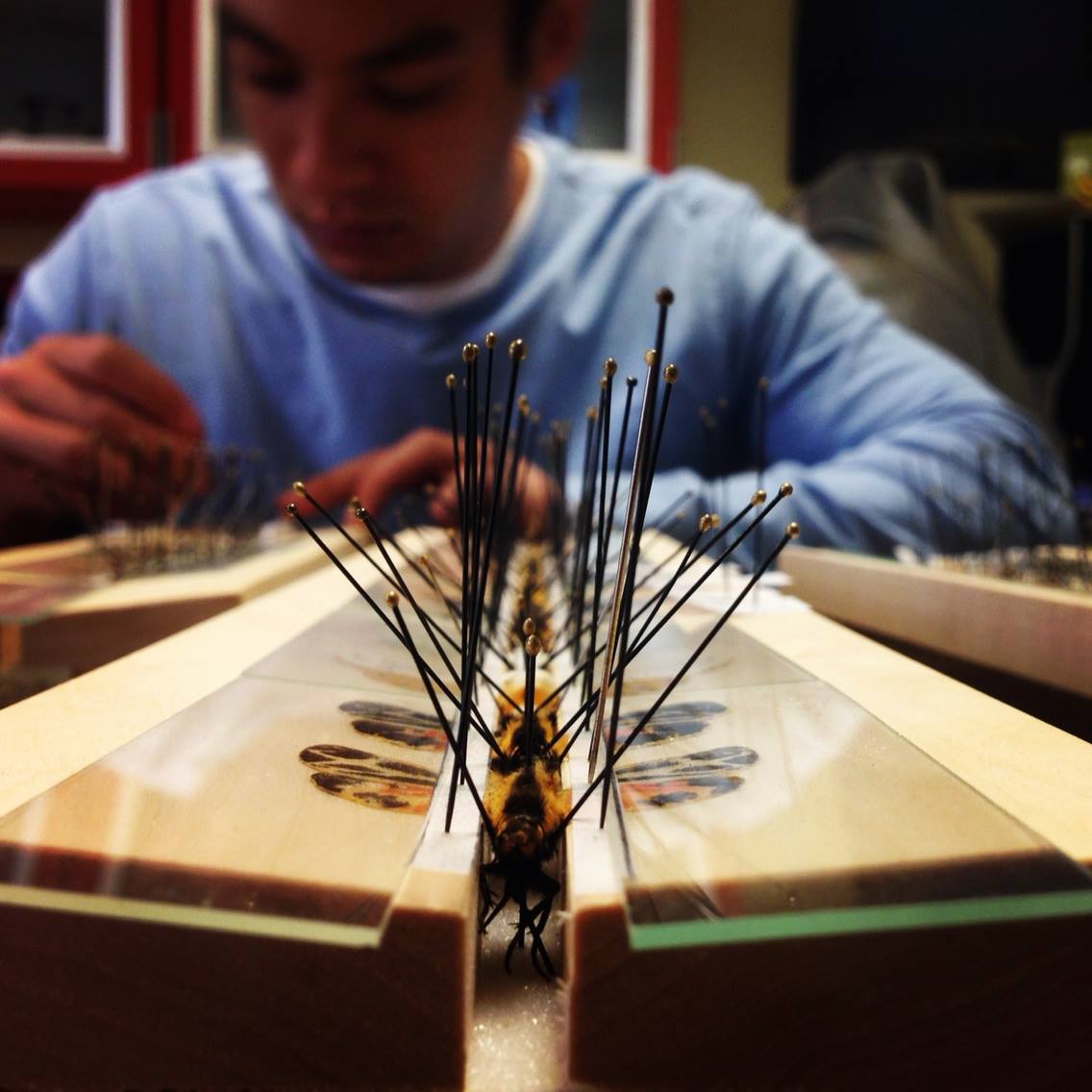
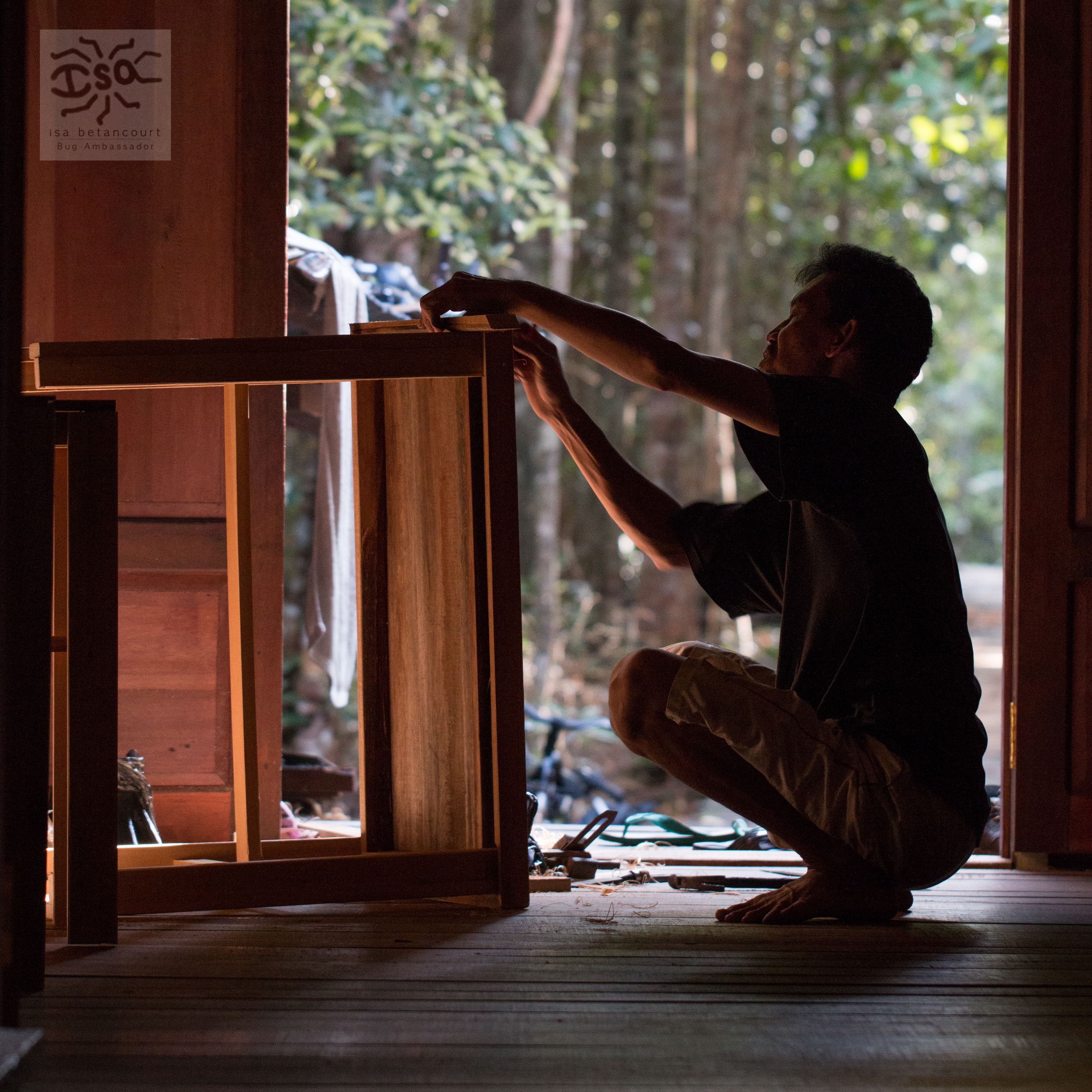
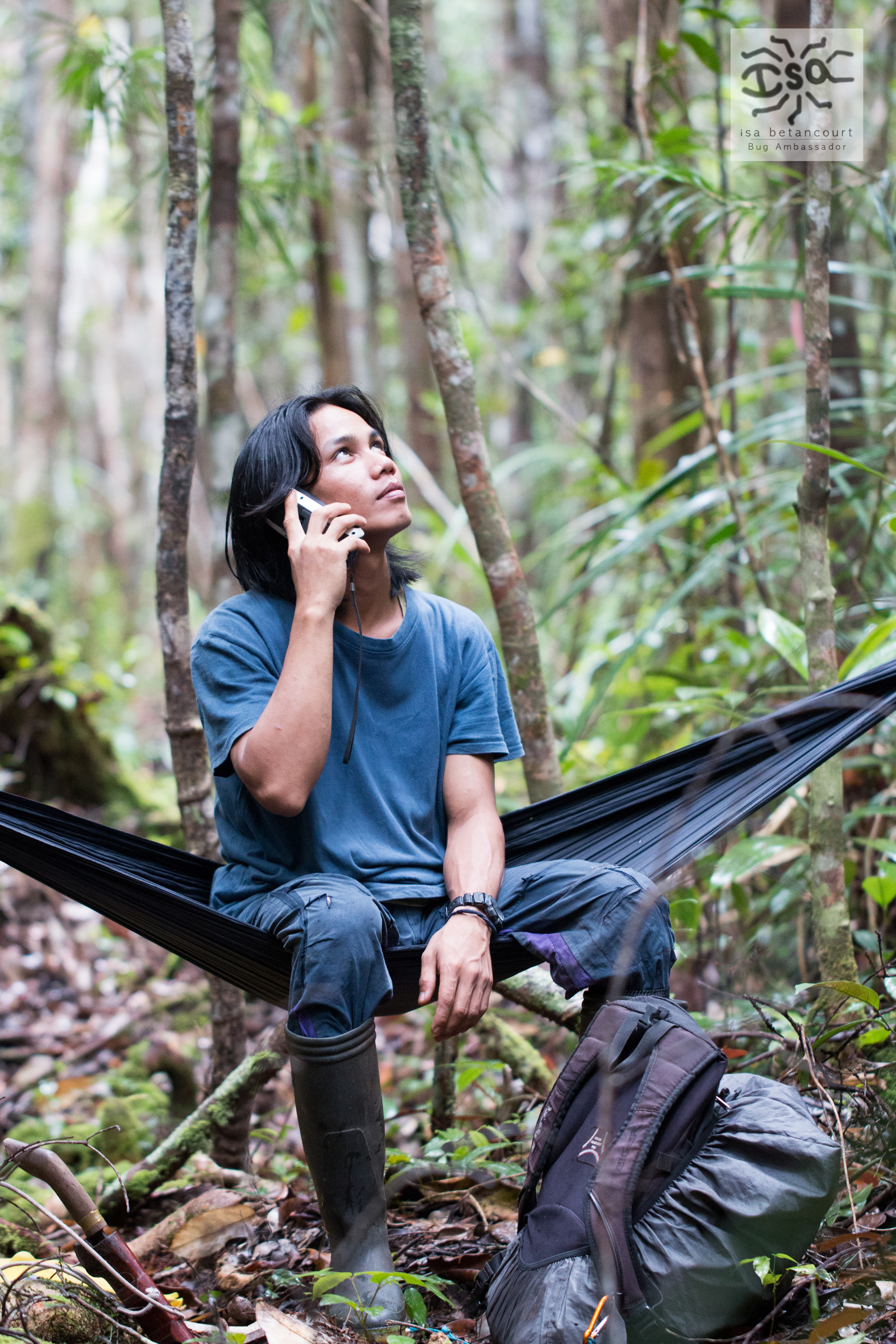
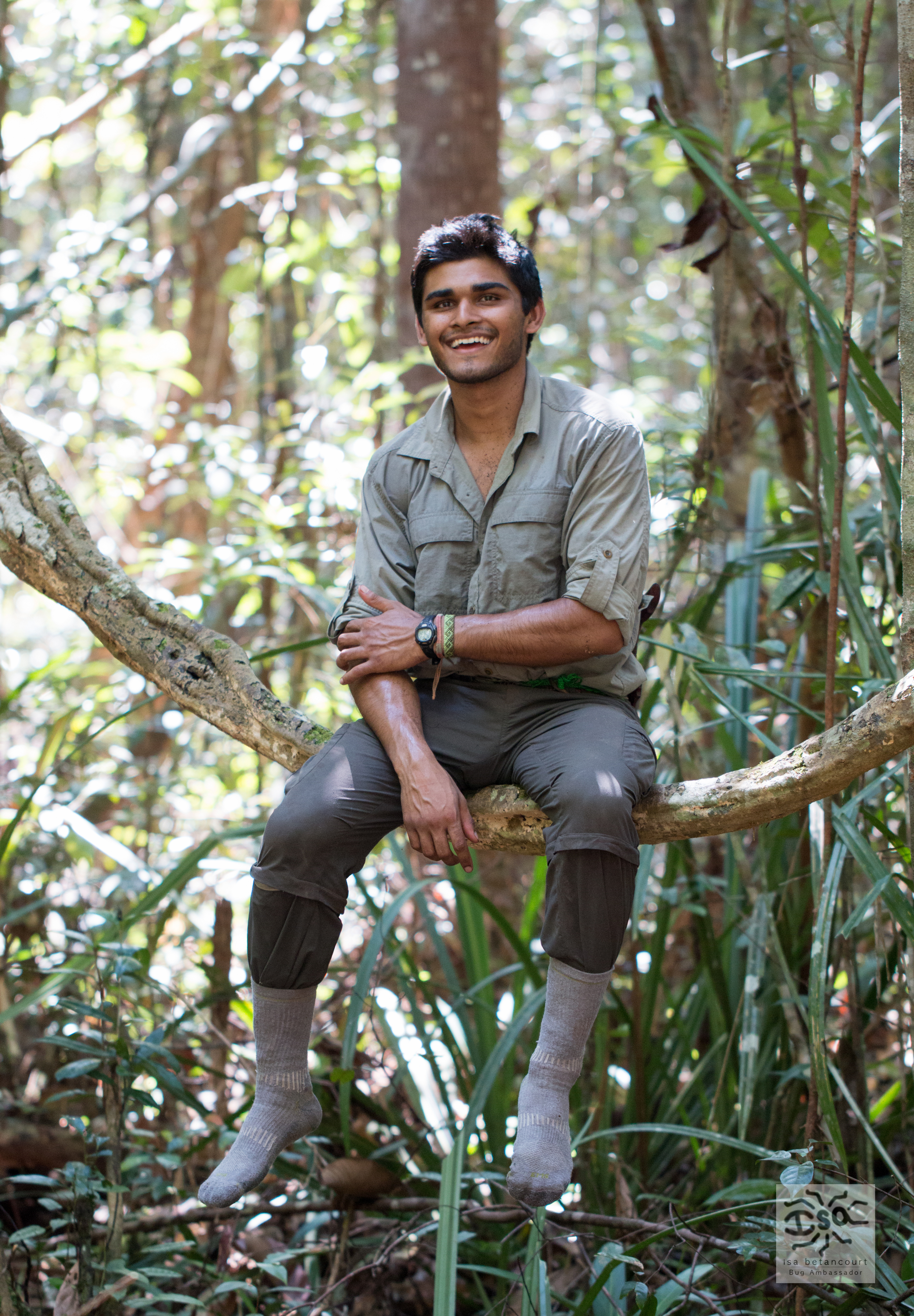

Pak Sudin offers me the fruit of Tuptup Kabali. This fruit is often eaten by orangutans at Tuanan in the Mawas Conservation Area. It is also edible for humans. I tried it and it was mildly sweet, however there wasn’t much edible flesh around the seed.
Dr. Gelhaus, one of the few world experts on crane flies, examines craneflies in the Academy of Natural Sciences of Drexel University Entomology Collection
Anwar identified a ladybug and so his name goes on the ID label to be preserved forever in the collection.
Rachel Davis, Biodiversity Intern at Penn State University's Frost museum encounters a baby turtle while out in the field.
Steve Mason, a Curatorial Assistant at the Academy of Natural Sciences prepares moths specimens for integration into the collection through a meticulous process called spreading. The wings are drawn apart using pins and wax paper. They are then held flat in place with glass slides. When the wings, body, and antennae are in their proper places, the spreading board is placed into a cabinet to sit for almost a month to allow the parts to dry and therefore fix in place.
Pak Harley constructs desks for the rooms of the Tuanan Research Camp in Central Kalimantan, Indonesia.
Local research assistant, Idun, poses for the camera goofily by holding the GPS up to his ear as if it is a phone. (Tuanan Orangutan Research Project)
Looking Out from Upon An Ancient Indian Fort